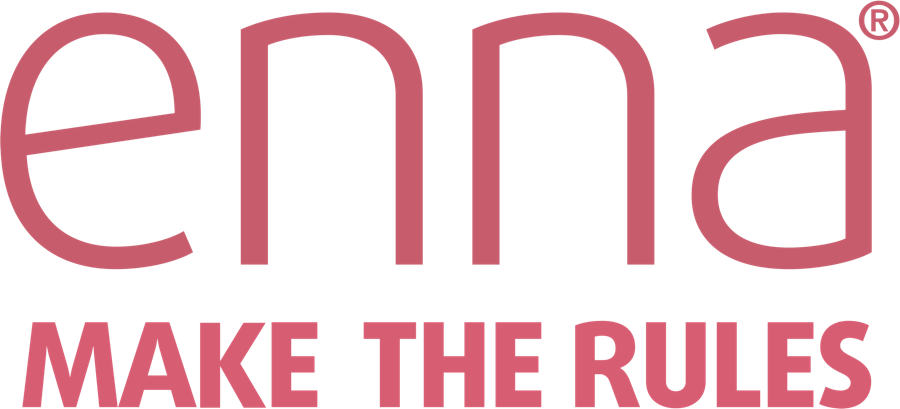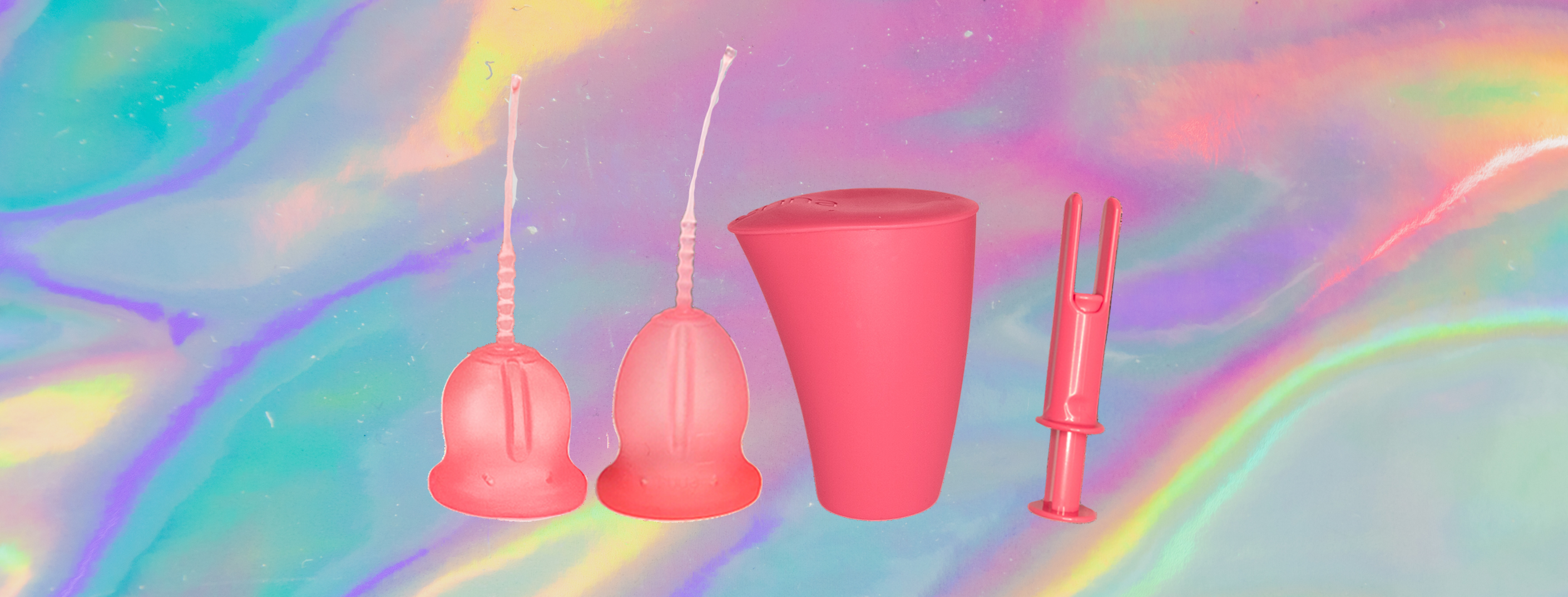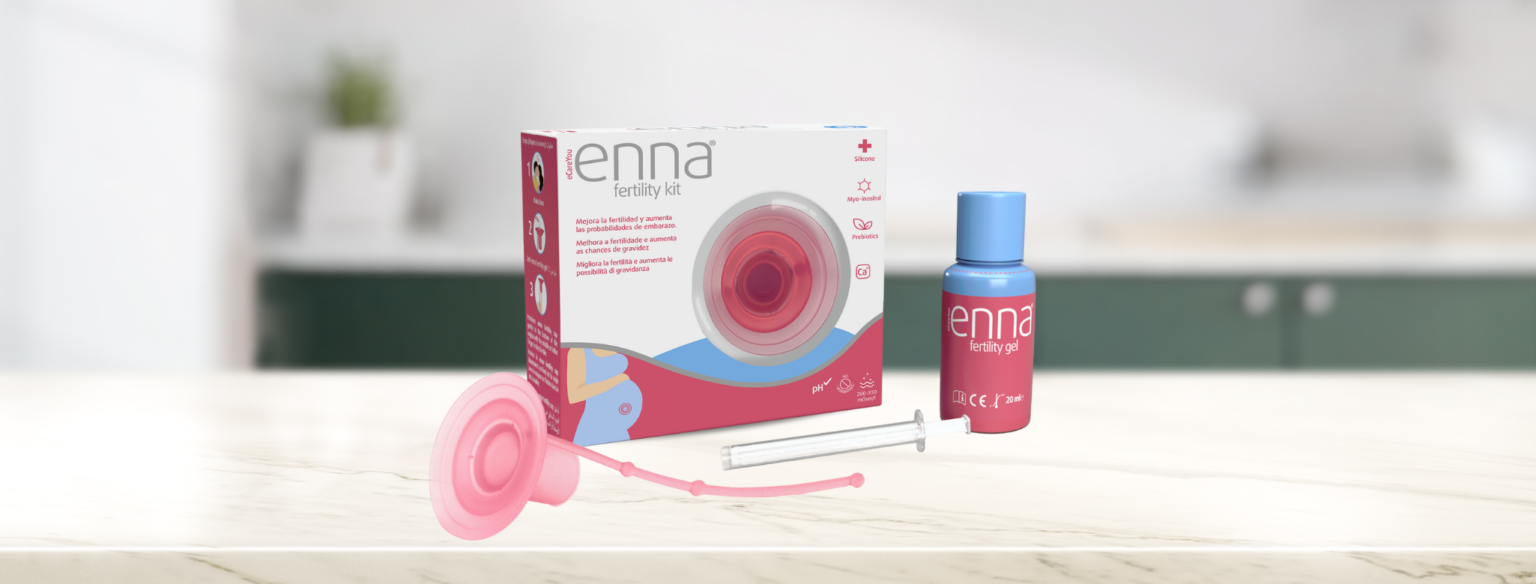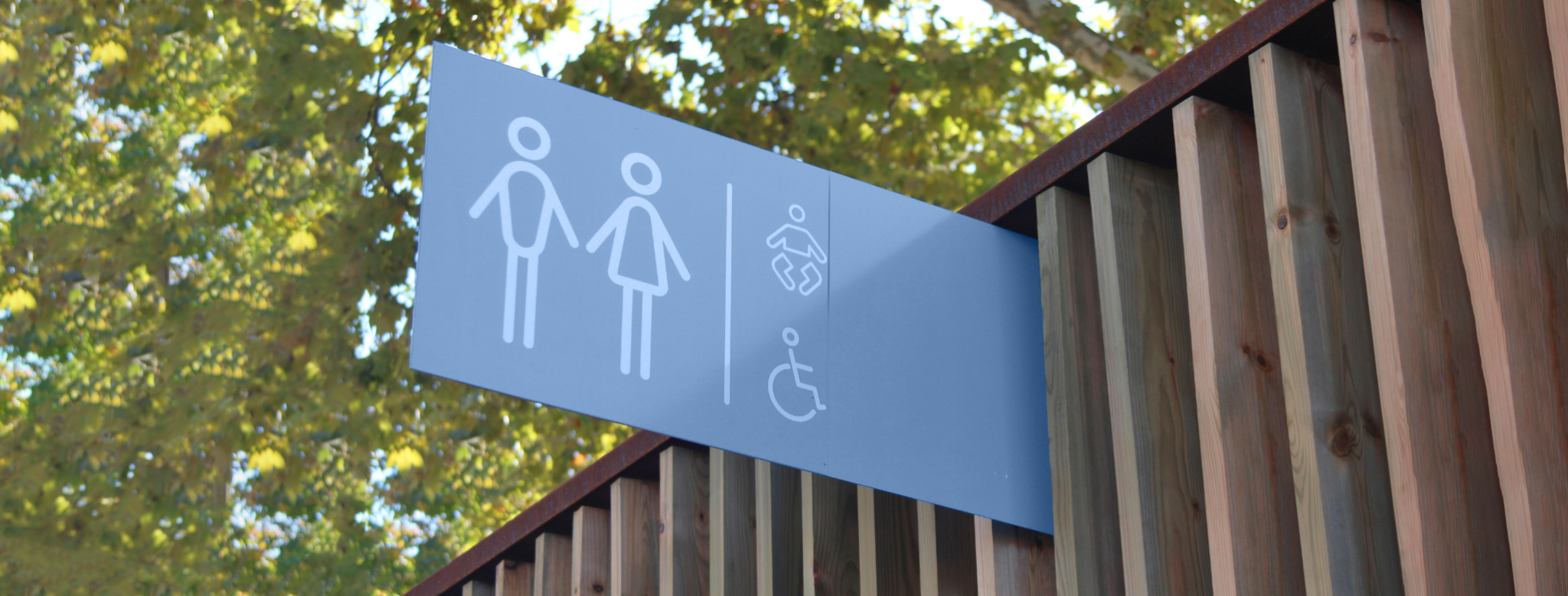Urinary incontinence is defined as the loss of control over the bladder and its ability to urinate. Women are most affected by stress incontinence based on the weakening of the pelvic floor muscles, resulting in losses of urine caused by our muscles straining when we cough, laugh, sneeze, etc. As these are things we do everyday, urinary incontinence determines the ordinary lifestyle of ladies who are unable to control their sphincter and even leads to some women shutting themselves away at home if they are unable to control whether there will be a toilet nearby or not.
What are the causes of urinary incontinence?
Urinary incontinence can appear at any age and affects up to 1 in 4 women from 35 years old. The female reproductive cycle (pregnancy, childbirth and menopause) is one of the main causes of the pelvic floor weakening, which results in a woman losing the ability to control her urethral sphincter. This may also be caused by:
- High-impact sport or jumping
- Genetics
- Gynaecological surgery
Types of incontinence
The two most widespread types of urinary incontinence in women are:
- Stress incontinence. This is the most common type of incontinence. Stress incontinence arises when there is pressure on the bladder, causing it to strain. This is brought about when the weakened pelvic floor muscles exert pressure on the bladder and the urethra, making them work more. With stress incontinence, things we do everyday which involve the pelvic floor muscles, such as coughing, sneezing or laughing, can cause losses of urine. Sudden movements and physical activity may also result in urine leaking out: jumping, running, dancing, etc.
- Urge incontinence. With urge incontinence, urine generally leaks out as a result of a severe and sudden need to urinate and before we are able to reach the bathroom. Some women who suffer from urge incontinence are able to get to the toilet on time but feel the urge to urinate more than eight times a day. They also don’t urinate very much when they are at the bathroom. Urge incontinence is referred to as an “overactive bladder” too and is more common in older women. Urine may leak out when you least expect it: when you are asleep, after drinking water or when you listen to or touch running water.
We can also suffer from mixed incontinence, meaning we may have symptoms of both types.
How can we tackle urinary incontinence?
There are active ingredients which help improve incontinence, such as GABA acids that act as neurotransmitters and inhibit muscle contraction in the bladder, as well as vitamin B6 which help the nervous system work properly. In addition, Omega-3 acids (DHA and EPA) strengthen the pelvic floor muscles and rutin prevents the erosion of collagen in the pelvic floor. However, pelvic floor exercises are essential for bladder control.
The enna pelvic ball is a medical device designed in Spain with medical-grade material which is used to strengthen the female pelvic floor. Its oval-shaped vaginal sphere contains a stainless steel ball inside which is shaped like an irregular and hexagonal diamond so it can be easily inserted into the vagina. This vibrates intensely and collides with the inner walls of the outer sphere, causing the pelvic floor muscles to react and contract immediately and involuntarily. As the sphere vibrates, it helps tone and improve resistance of the pelvic floor muscles. The enna pelvic ball also increases circulation of the blood and lubrication, while reducing stress urinary incontinence, which is caused by the bladder being made to work harder when we cough, laugh or sneeze.
The enna pelvic ball must be used gradually, adding 5 minutes each time until you’re able to use it for an average of 20-30 minutes a day and up to one hour at most. In order to see full effects, you should combine using the vaginal sphere with Kegel exercises or hypopressive exercises with contraction of the pubococcygeus muscle for the best possible results.
The enna pelvic ball is recommended for:
- Women in the postpartum period and pregnant women after seeking advice from their gynaecologist to rule out any abnormalities.
- Menopausal women.
- Women with incontinence problems.
- Women who do high-impact sport.
Are enna pelvic balls the same as kegel balls?
No. The enna pelvic ball has no sexual connotation and its function is to strengthen the pelvic floor. Kegel balls, however, are designed so that their spheres work based on volume and weight rather than vibrations. The most important factor in a pelvic floor exerciser is not the size or weight, but the vibrations it produces. The enna pelvic ball is therefore a great deal more effective in strengthening the pelvic floor than kegel balls, and even more so when combined with
Kegel exercises, or pelvic floor exercises, which are based on contracting and relaxing the muscles we use to control urination. This is an exercise similar to resisting the urge to pee or stopping urinating when at the toilet. It is important that you find the right muscles to exercise in order to get satisfactory results.






